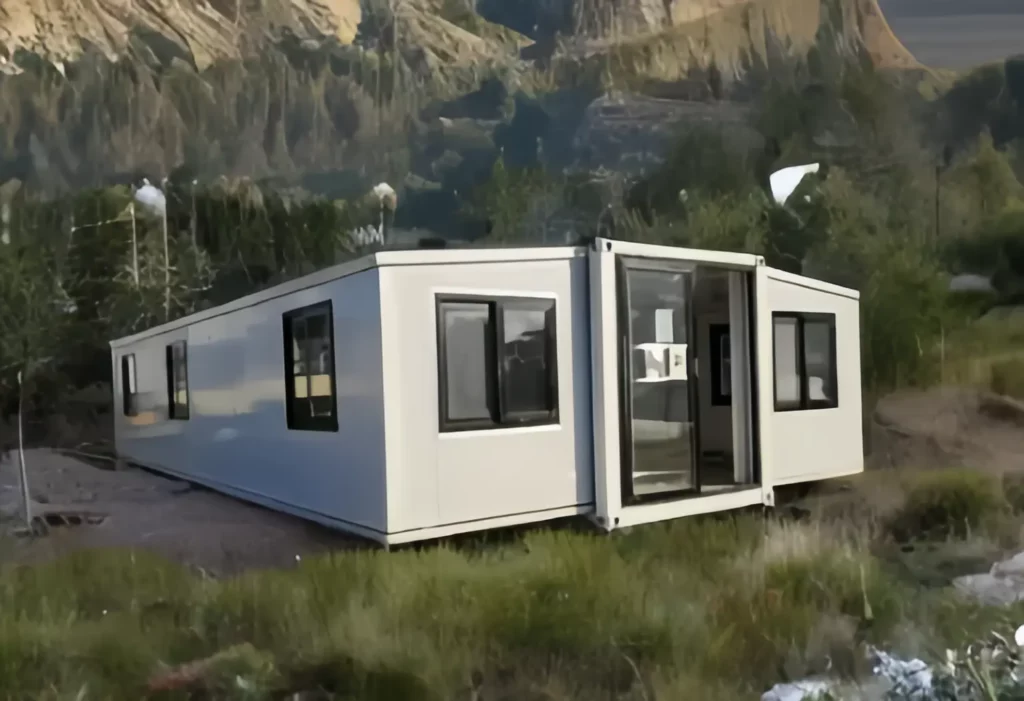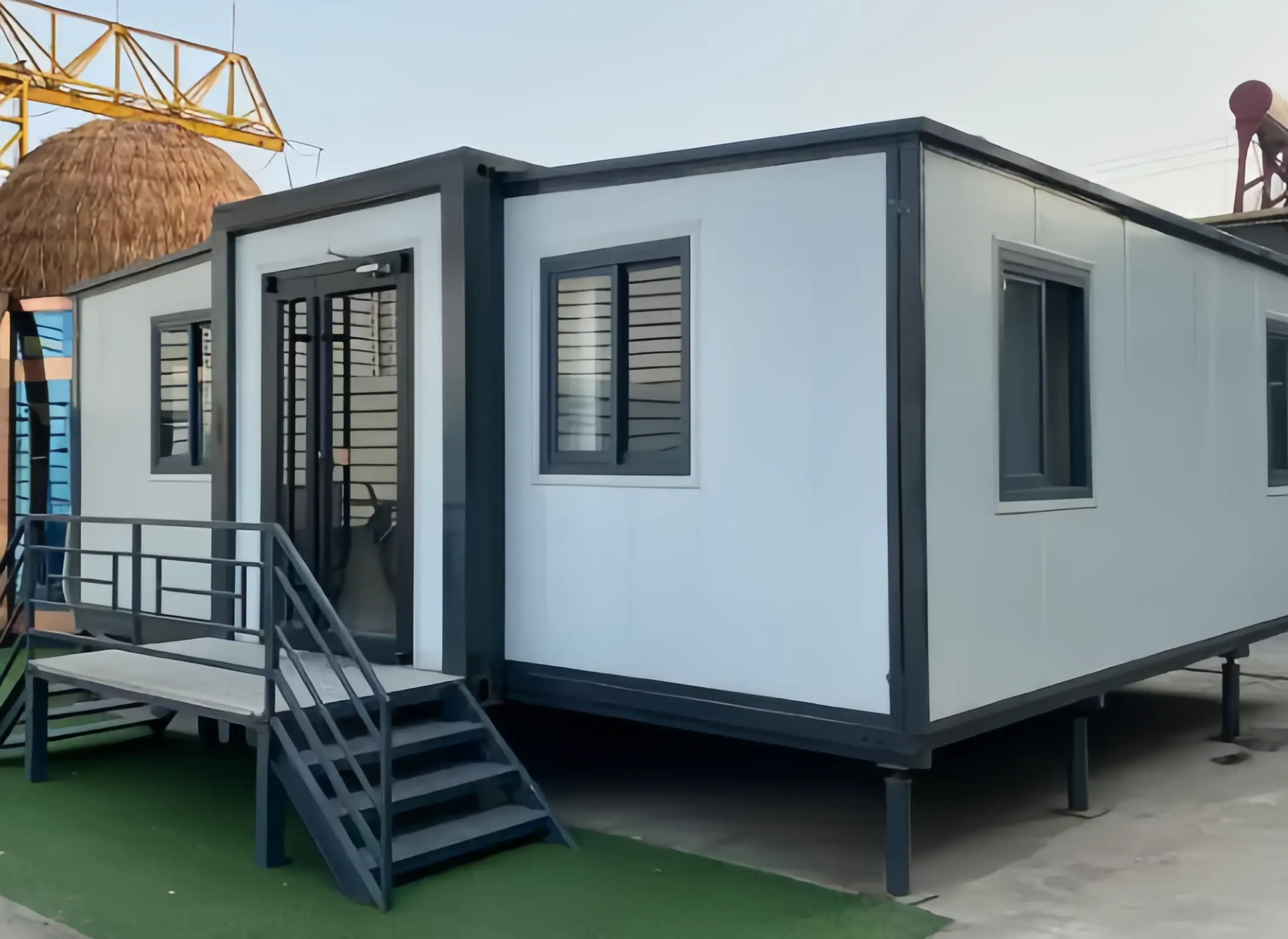The Versatile Uses of Container Shelters
Uses of container shelters have evolved from cargo carriers to multifunctional structures meeting diverse needs today.
Container shelters, often fashioned from repurposed shipping containers, have gained immense popularity due to their versatility and cost-effective nature. These structures, once considered solely for cargo transport, are now repurposed in a multitude of innovative ways to meet various needs. In this article, we will explore the diverse applications of container homes and their contributions to modern living.
1. Affordable Housing Solutions:
One of the most critical applications of container shelters is in the realm of affordable housing. With the ever-increasing housing crisis in many parts of the world, container homes have emerged as an ingenious solution. These structures offer a lower cost alternative to traditional housing without compromising on quality. We can stack or join them to create multi-story buildings, providing comfortable living spaces for individuals and families in need.
2. Disaster Relief and Emergency Housing:
Uses of Container shelters are particularly valuable in disaster-prone areas. These sturdy structures can be swiftly deployed to provide temporary housing for victims of natural disasters such as hurricanes, earthquakes, and floods. Their durability and ease of transportation make them an ideal choice for emergency response teams.
3. Construction and Mining Camps:
In remote or rugged locations where traditional construction can be challenging, people use container shelters to establish temporary camps for construction and mining workers. These shelters offer protection from the elements, ensuring that workers have a comfortable and safe environment to live and work in.
4. Outdoor Events and Pop-up Businesses:
Container shelters are popular choices for outdoor events and pop-up businesses. Whether it’s a food stand, a ticket booth, or a merchandise store, the compact and adaptable nature of container homes makes them ideal for setting up temporary structures at festivals, fairs, and markets.

5. Storage and Warehousing:
Furthermore, beyond their applications in housing and temporary structures, container shelters are widely used for storage and warehousing. In addition, they provide secure and weather-resistant storage solutions for businesses and individuals, offering an alternative to traditional brick-and-mortar storage facilities.
6. Agricultural Uses:
Farmers and agricultural businesses utilize container shelters for various purposes, such as storing equipment, housing animals, and creating climate-controlled spaces for hydroponics or vertical farming. These shelters protect valuable assets and contribute to improved agricultural productivity.
7. Artistic and Architectural Expression:
Moreover, an increasing number of people recognize container shelters as a canvas for artistic expression and architectural innovation. Additionally, artists and architects are repurposing containers into stunning works of art, cultural centers, and sustainable, eco-friendly homes, effectively demonstrating the aesthetic potential of these structures.
8. Green Initiatives:
Container shelters also play a role in sustainable building practices. Their use of recycled materials aligns with eco-friendly initiatives, and many container homes are equipped with environmentally friendly features, such as solar panels, rainwater harvesting systems, and energy-efficient insulation.
In conclusion, ses of container shelters have evolved from their humble origins as cargo carriers to become multifunctional structures that address various needs in today’s world. Their versatility, affordability, and adaptability make them a valuable asset in housing, disaster relief, business, agriculture, and even artistic endeavors. As the world continues to seek innovative solutions to diverse challenges, container homes stand as a testament to human creativity. They showcase our resourcefulness in repurposing everyday objects for extraordinary purposes.
